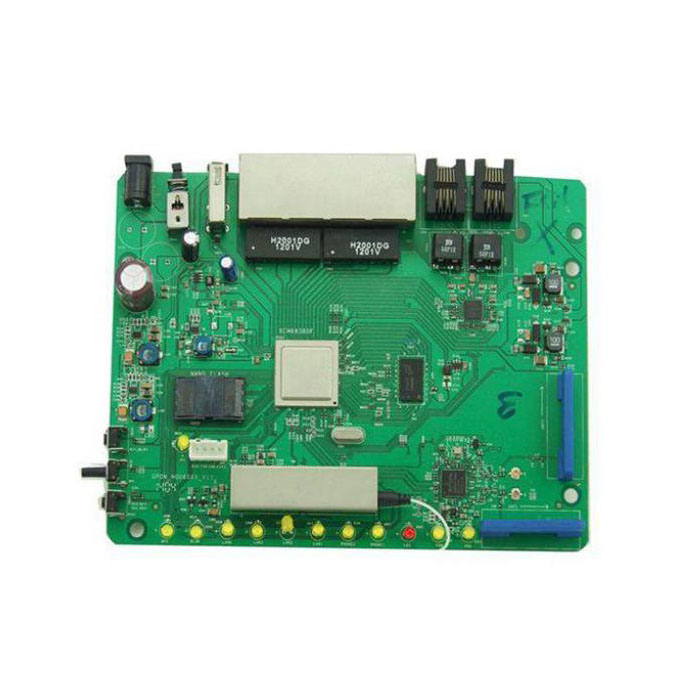Key Functions of Medical Control Board
2024-07-15
The key functions of a Medical Control Board (MCB) encompass various areas to ensure the effective, safe, and standardized delivery of healthcare services. Here are the primary functions:
1. Protocol and Guideline Development
- Creating Clinical Protocols: Developing and updating clinical guidelines to ensure standardized and evidence-based practices.
- Adapting to New Research: Incorporating the latest medical research and advancements into practice protocols.
2. Quality Assurance and Improvement
- Monitoring Quality of Care: Regularly reviewing patient care practices and outcomes to ensure high standards.
- Implementing Quality Improvement Initiatives: Identifying areas for improvement and implementing measures to enhance care quality.
3. Regulatory Oversight
- Enforcing Standards: Ensuring compliance with local, state, and national healthcare regulations.
- Conducting Audits and Inspections: Performing regular audits and inspections to verify adherence to established standards and protocols.
4. Education and Training
- Continuing Medical Education (CME): Organizing and providing ongoing training and education for healthcare professionals.
- Skill Development: Offering specialized training programs to enhance the skills and knowledge of healthcare providers.
5. Advisory Role
- Providing Expert Advice: Acting as an advisory body on clinical and medical issues within the healthcare system.
- Guiding Policy Decisions: Assisting in the development of healthcare policies and strategic planning.
6. Emergency Medical Services (EMS) Oversight
- EMS Protocols: Developing and overseeing protocols specific to emergency medical services.
- Coordination with EMS Providers: Ensuring seamless coordination between various EMS providers and hospital services.
7. Patient Safety and Risk Management
- Incident Reporting and Analysis: Establishing systems for reporting and analyzing medical incidents and adverse events.
- Implementing Safety Protocols: Developing protocols to mitigate risks and enhance patient safety.
8. Ethical Oversight
- Ethical Guidelines: Establishing and enforcing ethical guidelines for medical practice.
- Resolving Ethical Dilemmas: Providing guidance and resolution in cases of ethical conflicts in patient care.
9. Performance Evaluation
- Assessing Healthcare Providers: Regularly evaluating the performance of healthcare practitioners to ensure competence and compliance with standards.
- Credentialing and Privileging: Managing the credentialing and privileging processes for medical staff.
10. Public Health and Community Engagement
- Health Promotion: Initiating programs to promote public health and prevent diseases.
- Community Education: Educating the community on health issues and available medical services.
These functions collectively ensure that the Medical Control Board maintains high standards of medical practice, patient safety, and continuous improvement within the healthcare system.



